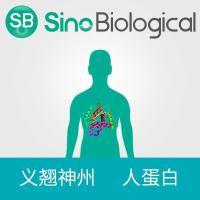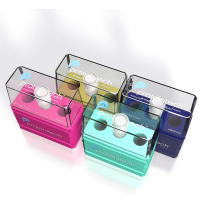In Vitro Methods for Studying Human Placental Amino Acid Transport: Placental Plasma Membrane Vesicles
互联网
369
Isolated plasma membrane vesicles from human placenta allow transporter-mediated mechanisms across individual plasma membranes to be identified and characterized in vitro. This approach is reliant on isolating each of the trophoblast plasma membranes, either the maternalfacing microvillous plasma membrane (MVM) or the fetal-facing basal membrane (BM) in a relatively pure form. Purity of the isolated trophoblast plasma membranes can be confirmed by the use of protein membrane markers, which have a polarized distribution to either membrane. The isolated trophoblast plasma membranes are then encouraged to vesiculate by applying a shear force, to yield enclosed plasma membrane vesicles across which the uptake or efflux of radiolabeled solute (e.g., amino acid) can be measured. The advantage of this technique is that it allows characterization of transporter activity and expression in a defined plasma membrane, independent of any metabolic processes, and can be utilized for a variety of different solutes. The disadvantage is that membrane transporter activities are usually measured in the absence of regulatory factors and may not be reflective of in vivo fluxes.









